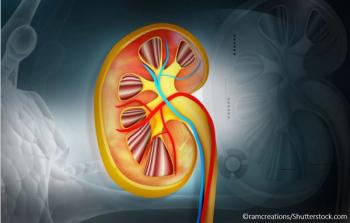
Magnetic resonance imaging shows changes in cerebral blood flow among children with CKD.

Magnetic resonance imaging shows changes in cerebral blood flow among children with CKD.
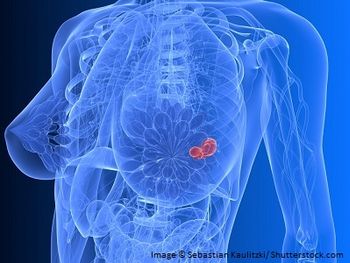
Follow-up procedures are ordered by clinicians largely because current tools often cannot provide diagnostic certainty in identifying cancerous breast masses.
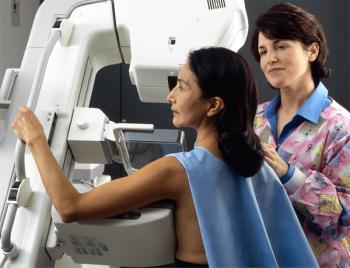
Imaging tests overused to diagnose pure breast pain among women.
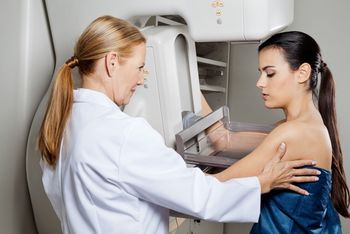
Screening mammography compliance often indicates if women will take advantage of other preventative services.
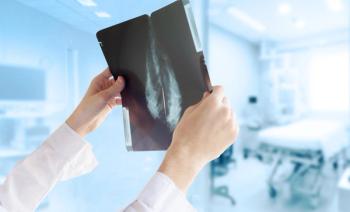
Adding double reading with arbitration to mammography screening improves cancer detection.
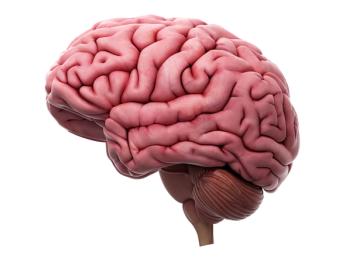
There is high diagnostic accuracy when grading gliomas with dynamic contrast material–enhanced (DCE) and dynamic susceptibility contrast (DSC) MR imaging.

Combined CT/MRI provides a more precise determination of LI-RADS category of hepatic observations.

Combination screening finds more cancers, but more research needed to understand impact.

A structured template for PI-RADS may increase the diagnostic performance of prostate MRI for clinically significant prostate cancer.

The drop in screening mammography after 2009 coincides with publication of the USPSTF screening guidelines.

The Bach model, PLCOM2012, LCRAT, and LCDRAT most accurately predict risk and performed best in selecting ever-smokers for screening.

Complex studies in higher acuity patients are more likely to be interpreted by radiologists than nonradiologists.

The number of female radiologists in the US varies considerably depending on geography.

Imaging appointments booked 6 months or longer ahead have highest no-show rate.

Magnetic resonance arthrography examinations are done more frequently in orthopedic hospitals.

CT colonography detects cancer among seniors with no colorectal cancer symptoms.

The number of adverse events related to contrast-enhanced CT are not statistically different between patients who fasted or who ate beforehand.

Either automated or clinical BI-RADS may be used to inform women of their breast density.

Longer wait times increase no-show rates for MRIs.

Whole-body MR angiography is a feasible method for detecting early atherosclerosis in low-to-intermediate risk patients.

mcDESPOT magnetic resonance imaging shows changes in the myelin following mild traumatic brain injury.

Diffusion-weighted imaging after carbon monoxide poisoning may help physicians identify patients at risk for delayed neurological sequelae.

Radiology residents need a more comprehensive overview of prospective radiology programs in order to apply to the ones best suited to them.

Referral patterns for MSK imaging varied considerably by provider specialty.

Single-contrast CT is as accurate as triple-contrast CT in showing bowel injuries following abdominopelvic trauma.

Despite category 4 subdivision providing better positive predictive value for biopsies, they are not done often enough.

Type 1 overdiagnosis of breast cancer at screening is increasing as women age.

Radiologists are tired and this affects diagnostic accuracy. Now if there were only more hours in the day...

False positives from stereotactic vacuum-assisted breast biopsies do not appear to dissuade women from continuing with regular screening afterward.

Both nonionic iodinated contrast medium and gadolinium-based contrast medium rarely cause allergic-like reactions.